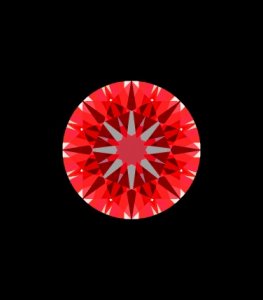simonnessen
Rough_Rock
- Joined
- Apr 4, 2003
- Messages
- 13
Does anyone have anything to offer about the cut on trillions. How important is cut on these stones as side stones in a three stone ring (long sentence). What are the ideal cut range, and how is brillince affected in trillions, thanks in advance.
Simon
Ps. can anyone run the projected b-scope for a 2 c
depth 60.2
table 57
crown ang. 33.7
crown % 14.3
pav. dep. 43
pav. ang. 40.9
culet pointed
girdle 1.2-1.7 fac.
(by the way it is an ags 000 cert, which I thought was odd with the crown angle being smaller than most ideals)
thanks again.
Simon
Ps. can anyone run the projected b-scope for a 2 c
depth 60.2
table 57
crown ang. 33.7
crown % 14.3
pav. dep. 43
pav. ang. 40.9
culet pointed
girdle 1.2-1.7 fac.
(by the way it is an ags 000 cert, which I thought was odd with the crown angle being smaller than most ideals)
thanks again.





300x240.png)